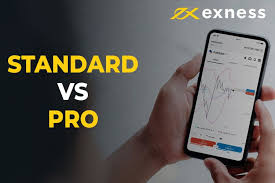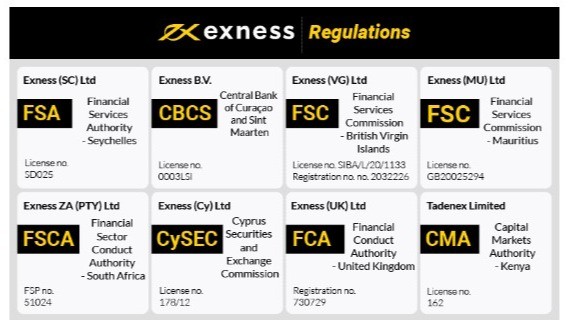Mastering Exness Scalping Strategy for Maximum Profit

Mastering Exness Scalping Strategy for Maximum Profit
In the fast-paced world of forex trading, the Exness scalping strategy has emerged as one of the most sought-after techniques by day traders and investors alike. Scalping, a trading style that aims to capitalize on small price movements, requires quick decision-making and robust execution strategies. For those looking to enhance their trading skills, thorough knowledge of the Exness platform can significantly improve performance. In this article, we’ll delve into the intricacies of the Exness scalping strategy, examining its principles, benefits, and effective methods for maximizing gains. For those interested in financial investments, you might also find this guide useful: Exness scalping strategy https://www.pypo.com/how-to-buy-apple-aapl-shares-3/.
Understanding the Basics of Scalping
Scalping is a trading strategy intended for traders looking to exploit small price gaps that are usually created by order flows or spreads. The core principle behind scalping lies in making a large number of trades daily to gather minor profits from each. Typically, these trades last from a few seconds to several minutes. Scalpers leverage technical analysis and price action, often making multiple trades throughout the day.
Why Choose Exness for Scalping?
Exness is a popular choice among scalpers due to its competitive spreads, fast execution speeds, and an array of trading tools. Here are a few reasons why traders prefer Exness for scalping:
- Low Spreads: Exness offers tight spreads which can significantly improve the profitability of each trade.
- Fast Execution: The low latency execution allows for rapid order placement, essential for scalping.
- Variety of Instruments: Traders can access a wide range of financial instruments, including forex pairs, commodities, and cryptocurrencies.
- User-Friendly Platform: Exness provides a sophisticated trading platform that is easy to navigate for both beginners and seasoned traders.
Setting Up the Exness Scalping Strategy
To implement the Exness scalping strategy effectively, traders should consider several key factors:
1. Choose the Right Currency Pairs

Scalping works best with currency pairs that exhibit high volatility and liquidity. Major currency pairs, such as EUR/USD, GBP/USD, and USD/JPY, are generally the best choices due to their consistent fluctuations and trade volume.
2. Time Frame Selection
The 1-minute and 5-minute charts are the most commonly used time frames by scalpers. These shorter time frames allow traders to identify rapid price movements and execute trades instantaneously.
3. Technical Indicators
Scalpers often utilize various technical indicators to help predict short-term price movements. Some popular indicators include:
- Moving Averages: Used to identify trends and support/resistance levels.
- RSI (Relative Strength Index): Helps identify overbought or oversold conditions.
- Bollinger Bands: Useful for gauging volatility and potential breakout points.
Risk Management in Scalping
Successful scalping is not solely about making quick profits; it also involves effective risk management. Here are essential tips for managing risks:
- Set Strict Stop-Loss Orders: Always set stop-loss orders to minimize potential losses on each trade.
- Maintain Proper Position Sizing: Ensure that the amount risked on a single trade is a small percentage of the overall trading capital.
- Avoid Overleveraging: Excessive leverage can amplify losses—stick to a conservative approach.
Developing a Scalping Routine

A disciplined scalping routine is crucial for long-term success. Here’s how to effectively develop a scalping routine:
1. Market Analysis
Begin your day by analyzing the market conditions, news releases, and economic indicators that may affect currency pairs. Staying updated with market news can provide insights into possible price movements.
2. Define Your Strategy
Based on the analysis, determine the trades you will execute. Having a clear strategy allows for more focused decision-making.
3. Evaluate Your Performance
After each trading session, review your trades to identify what worked and what didn’t. This reflection is critical for continuous improvement.
Conclusion
The Exness scalping strategy can be incredibly rewarding for those willing to invest time and effort into developing their skills. By utilizing low spreads, fast execution, and a disciplined approach, traders can take advantage of small price movements to accumulate substantial profits. Remember, the keys to successful scalping include effective risk management, proper analysis, and the willingness to learn continuously. Whether you are a beginner or an experienced trader, the principles outlined here can help enhance your trading performance using the Exness platform.

